|
I get asked a lot of questions about how I transport wet oil paintings around. The truth is… it’s always different! I have a Raymar wet panel carrier for larger paintings and a pochade box which can store a couple of wet paintings in the lid. But for my upcoming UK trip… voila! I have pre-primed these 6X8’ masonite boards in bright colours and will be stacking them in this handy shoebox.
How to separate them you ask? Well I’m working on that… so stay tuned. Remember… sometimes low tech is best!! .
0 Comments
One technique I use sometimes is to place tape on the board. After painting over it the tape can be removed revealing interesting shapes and exposed under layers. Allowing the painting to tell its own story rather than imposing a predetermined plot can allow a delicate interplay to develop. Experiment! The plot thickens.. .
Likes, comments, followers... when we are trying to do work that matters it’s easy to get distracted by the metrics. But what really counts is consistent effort over a sustained period of time. Measure your progress by all means... but don’t confuse this for the actual work.
Don’t be a day trader. Commit to being here for the long haul, doing the work and adding real value to peoples lives . What are your marks?
When I scroll through a Pinterest page I can spot the paintings that belong to the people I know – I recognise them. They may be part of a series or a different style, but their mark is there. I recognise them. Everyone can spot a Vincent or a Monet. It may be the colours, the brush strokes or the composition. Have a look at your work. It is distinctive, there are things that only you do… what are your marks? You may be going through experimental stages and trying out what works – what your groove is. Your work does not have to be uniform and predictable to be distinctive. What are the common threads that make your work a bit of you? Have a look at what elements are strong. It may be your use of colour or bold brush strokes. You may prefer certain subjects. You may be drawn to portraiture or seascapes. Collect images of your work and pick out the bits that seem strong to you. Write a checklist. Have another independent person respond and listen to their impressions. Sometimes someone else can see your strengths more clearly than you! . Have you ever thought to hold your own exhibitions? You never know... you could become the next Manet. When excluded again from the Salon exhibition, Manet borrowed from his inheritance, built his own little pavilion and set up his own show.
With over 28,000 francs he displayed over 50 of his own works. The artist's pavilion attracted little attention except for the few that came to jeer at Le Dejeuner sur l'Herb. Nevertheless, he persevered and would be amazed to see where his art is admired today and even more so that we finally 'get it'! One of my best shows was at a hairdresser's... where could you set up your own show? . Customers know very little about us, are obsessed by choice, they want low prices. Customers buy from shops, supermarkets and galleries. Fans value our sacrifices, are excited by our work, they seek us out. It's far better to sell our art to our own fans than to someone else's customers .
Frustrated by his parents’ refusal to send his paintings to him (they claimed it was too expensive) the French impressionist painter Frederic Bazille sent word to his brother Marc. He asked him to send his paintings “wrapped around a large pole, picture side in, rolled in a layer of newspaper, then one of oilcloth or tar-lined paper”
Thankfully packaging methods have progressed since the nineteenth century. I have custom made boxes, bubble wrap and Eddie who comes to the door to pick my paintings up. The corners of the frames are protected with an extra fold of bubble wrap. The transport system is working. So far . I get a lot of questions about how to price art. A better question might be “How do I convince my buyers that my work is unique, essential and irreplaceable?” You see, that question has a rather interesting answer, because it’s all about the story you create. Because money really is a modern story (in the past there was no money, we simply traded) it makes sense that you can create value for your art by telling a story that is likely to resonate. When your story aligns with my experience, we have something to discuss. This shared experience is the space where all transactions occur. What I am prepared to pay you depends on how powerful this shared space is.
Adding value to the world isn’t always easy because it requires us to take risks, improve the quality of our art, work hard, reach out and approach everything we do with a spirit of generosity. But what happens when we focus on creating real value is that our work starts to resonate and is seen as important, we start to attract people to us. And after that the pricing issue seems a little clearer. Today’s studio lesson was all about direction. In a landscape you see horizontals and verticals. Across and along lines. The trick is to find the diagonals. See them and paint them. Accentuate them. Celebrate and exaggerate them. Create vibrancy and excitement. Take the viewer’s eye on a wild ride around your world .
It wasn’t Rembrandt and they were not his petticoats but the story goes that one of the great masters ran out of linen on which to paint. Time was short. So was money, so he commandeered his wife’s petticoat and proceeded to paint. Linen is lovely to paint on. French linen held with tacks on the side. My wife’s petticoats are safe .
|
AuthorRichard Claremont - artist. A peek into my studio. How I think. How I paint. How I run my art business. Bite sized daily chunks of goodness. Just me talking aloud, really. Join me for a chat over a cuppa. subscribe to newsletterArchives
August 2018
Categories |

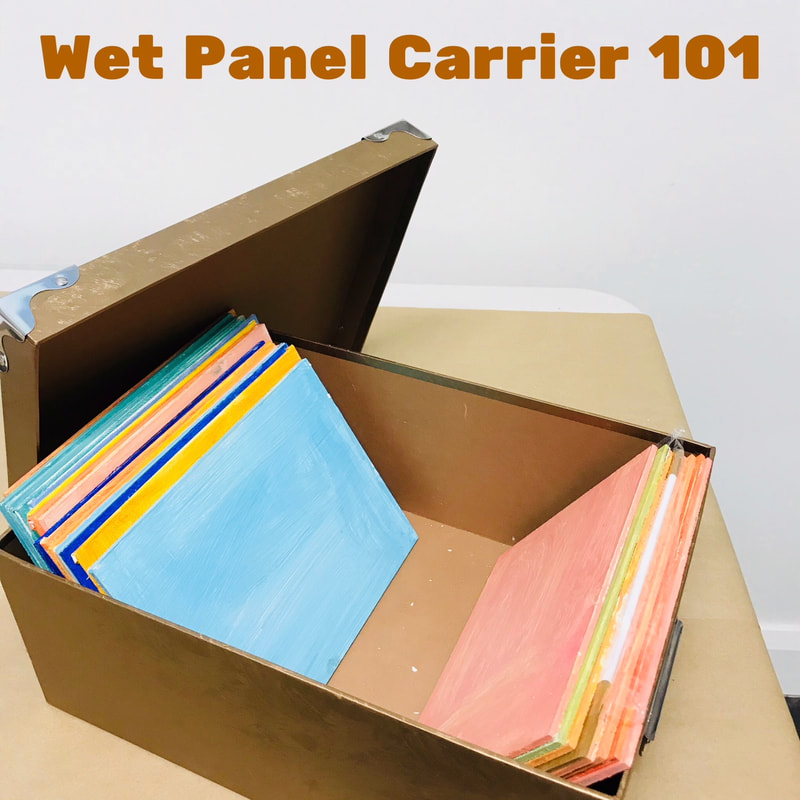
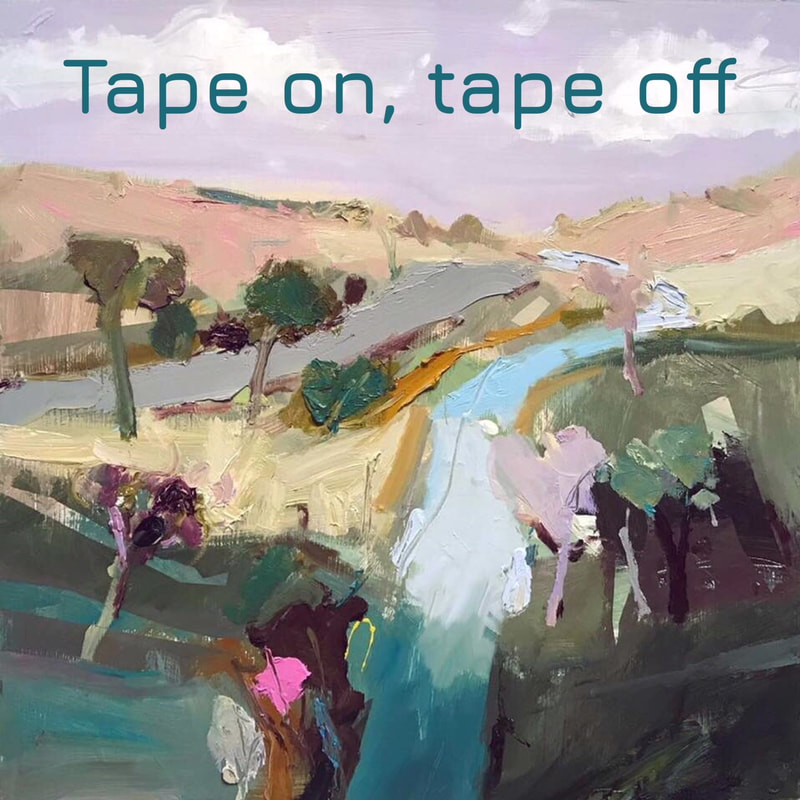
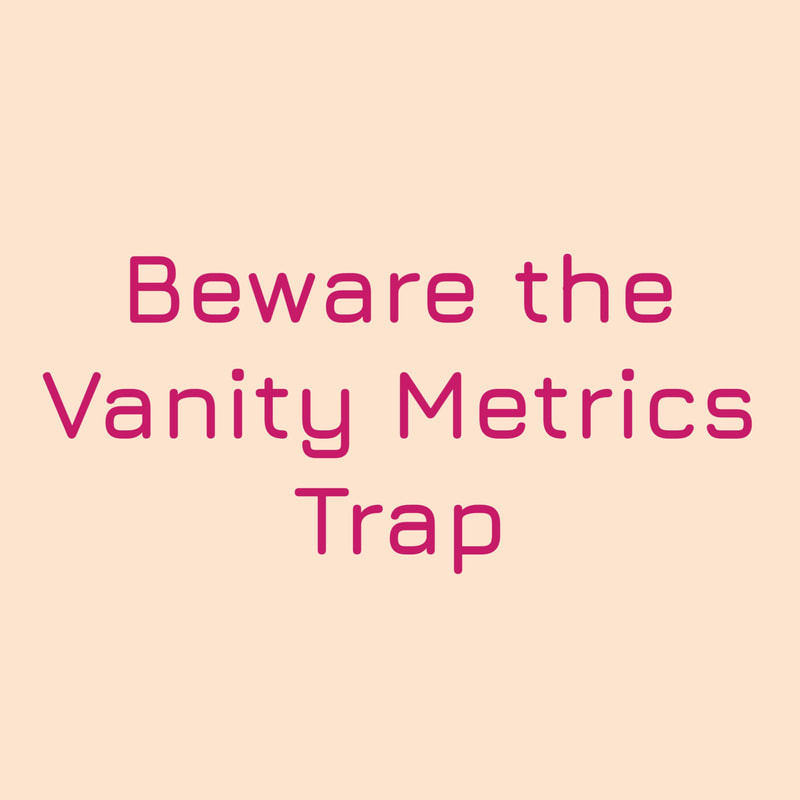
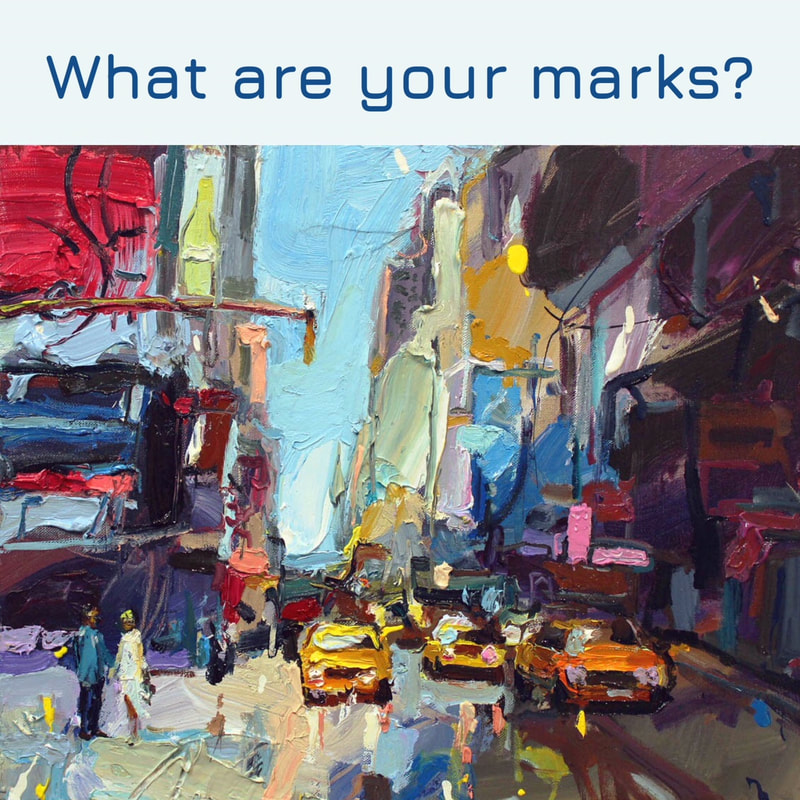
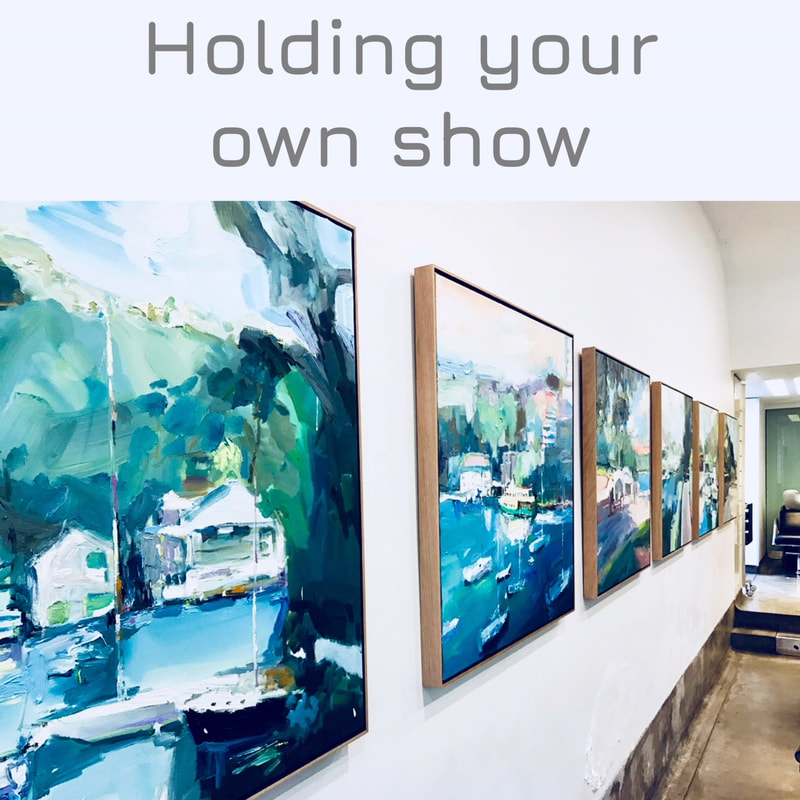

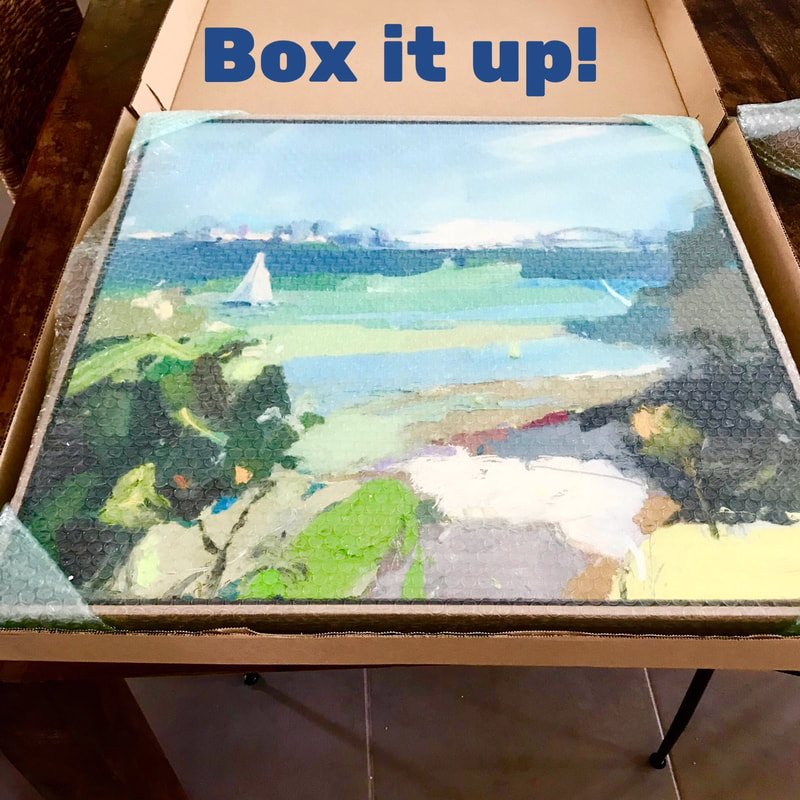
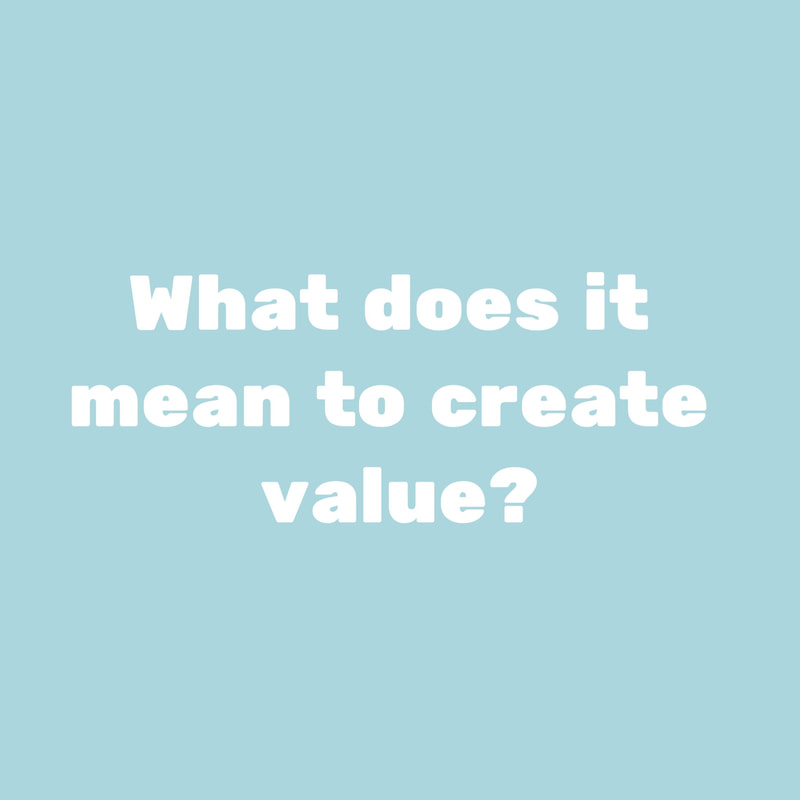
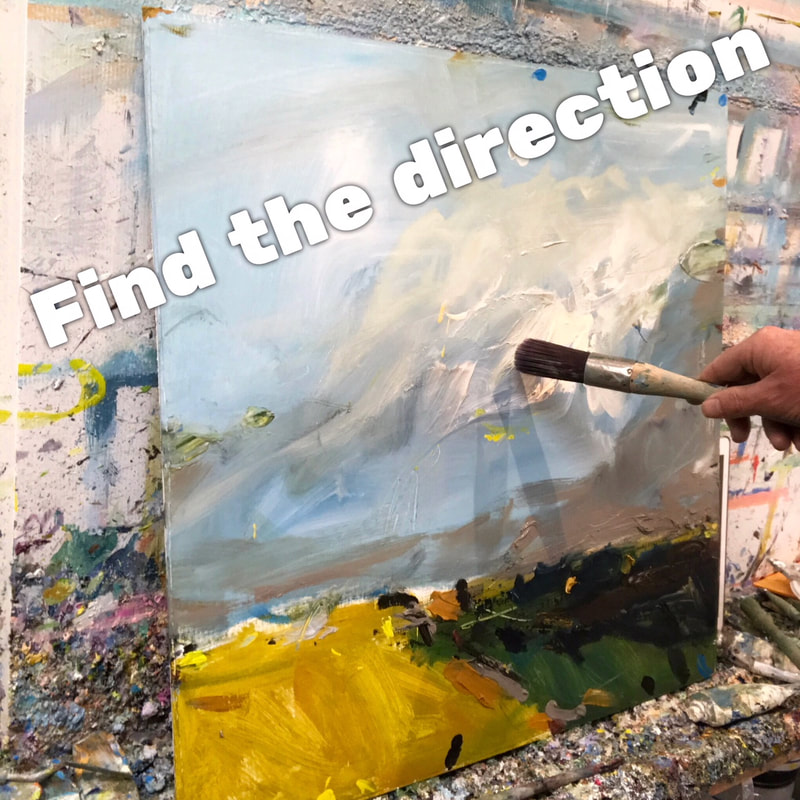
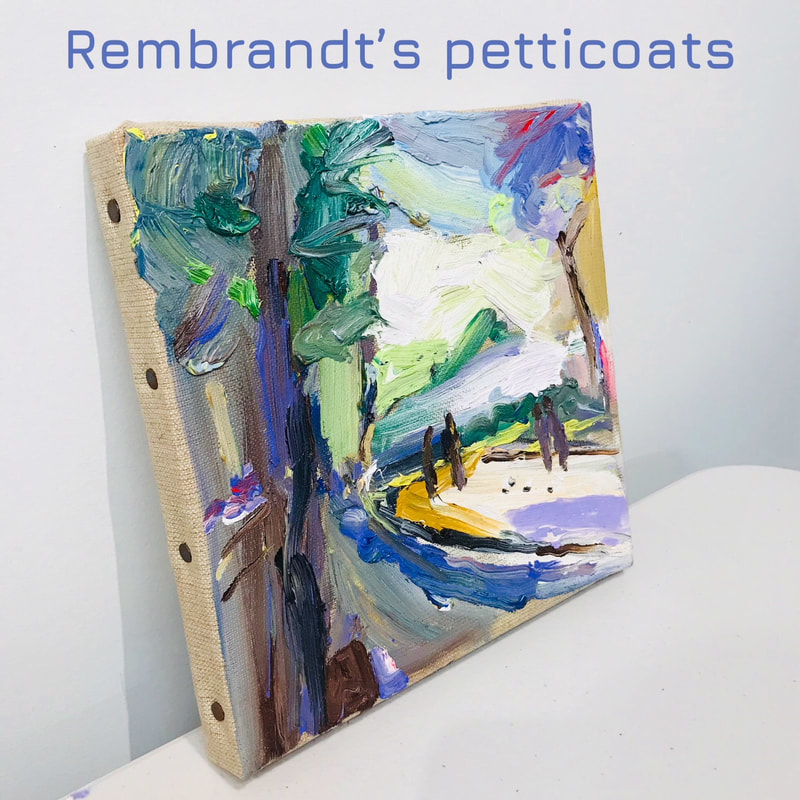
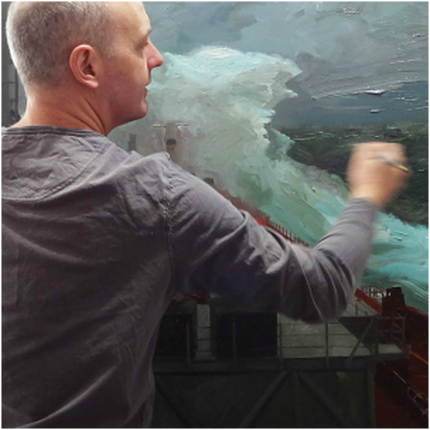
 RSS Feed
RSS Feed